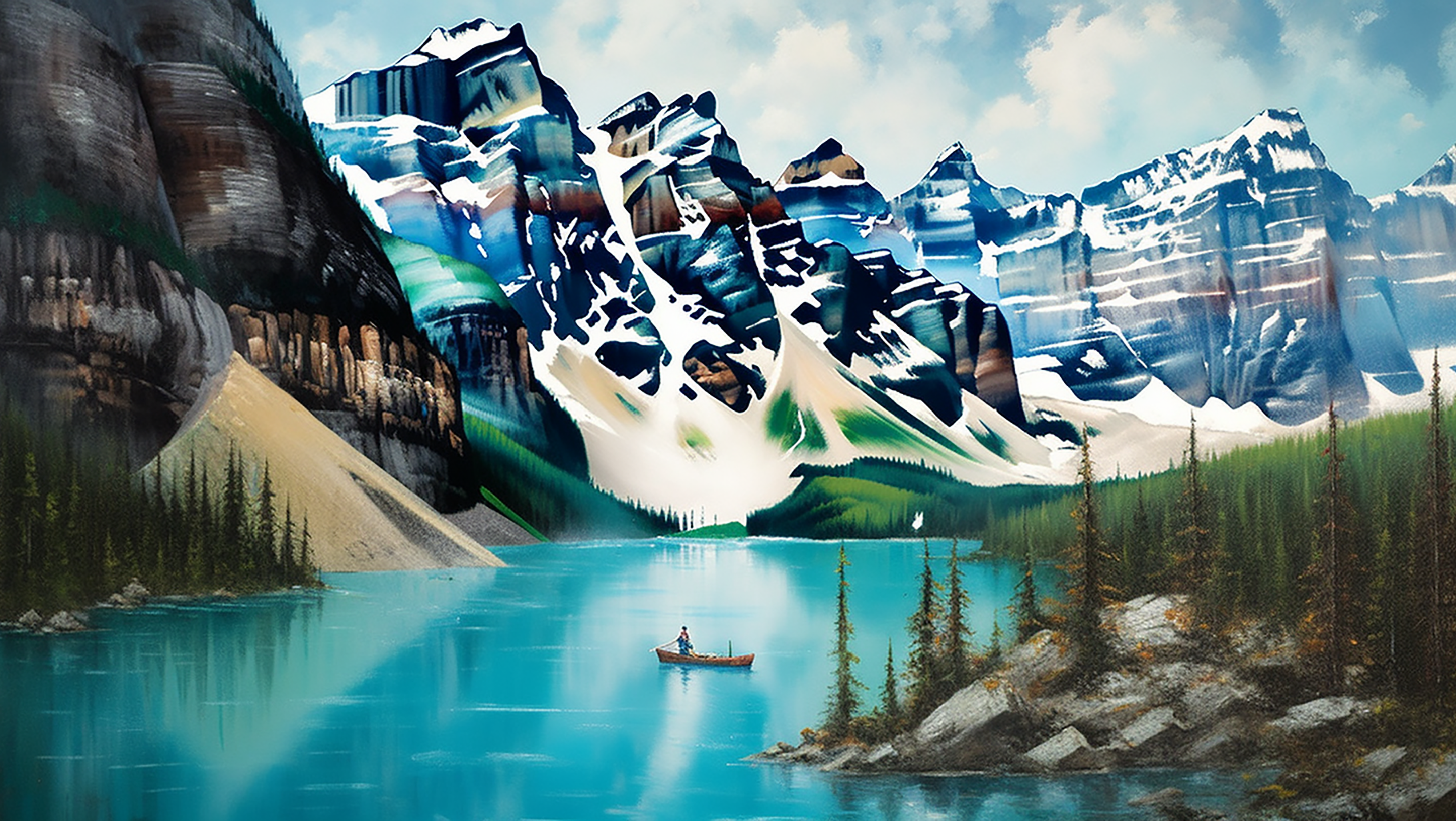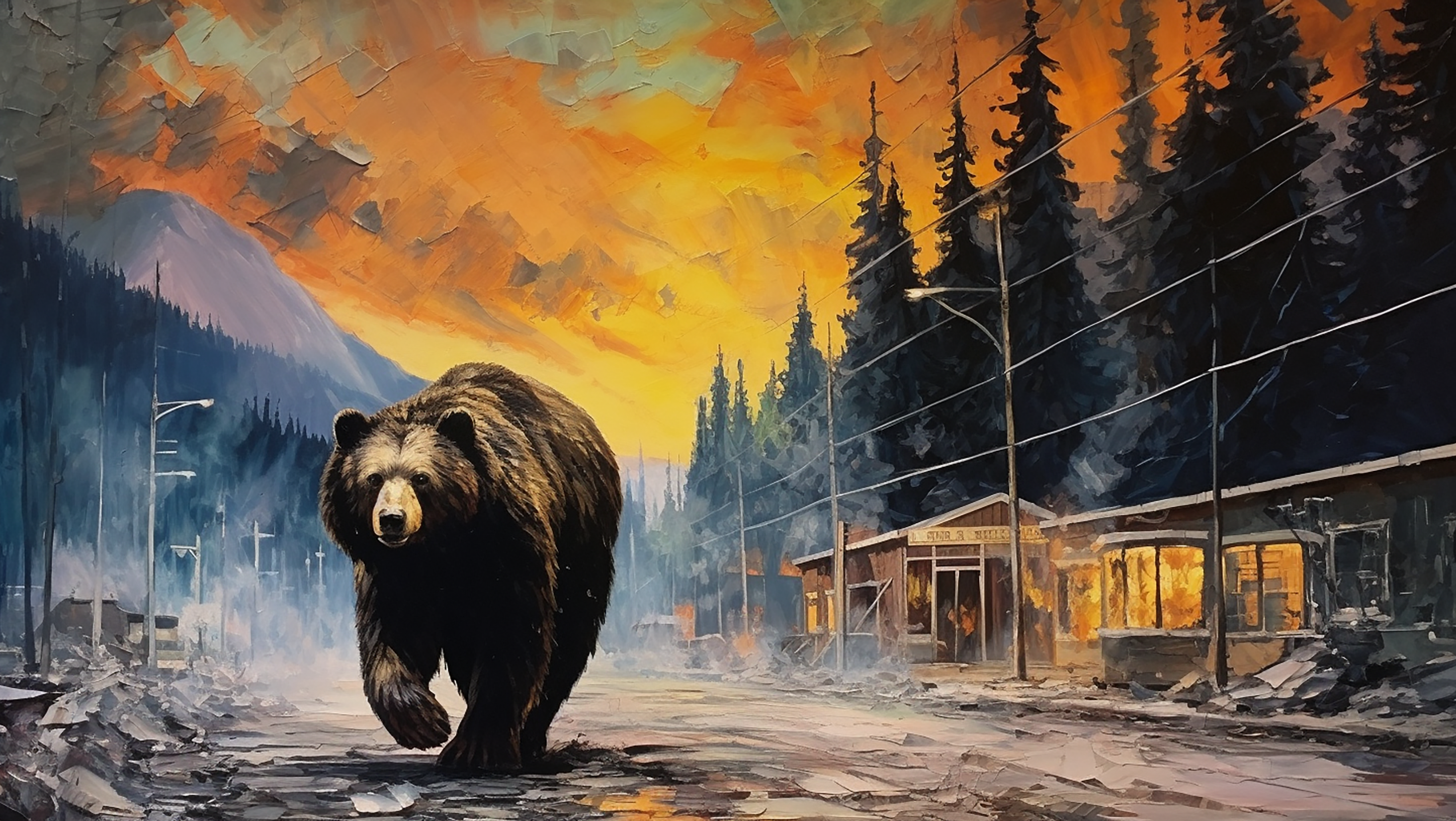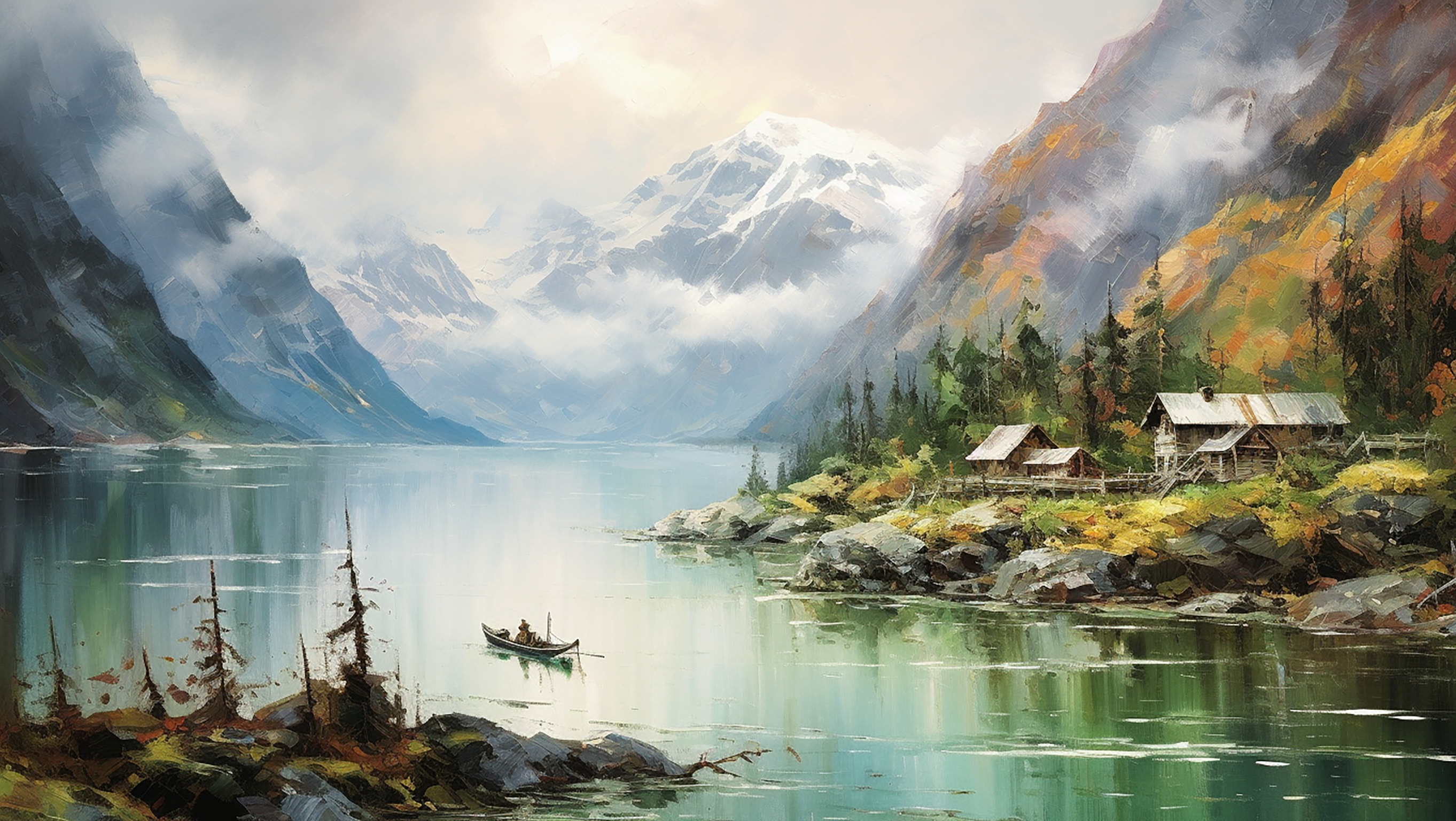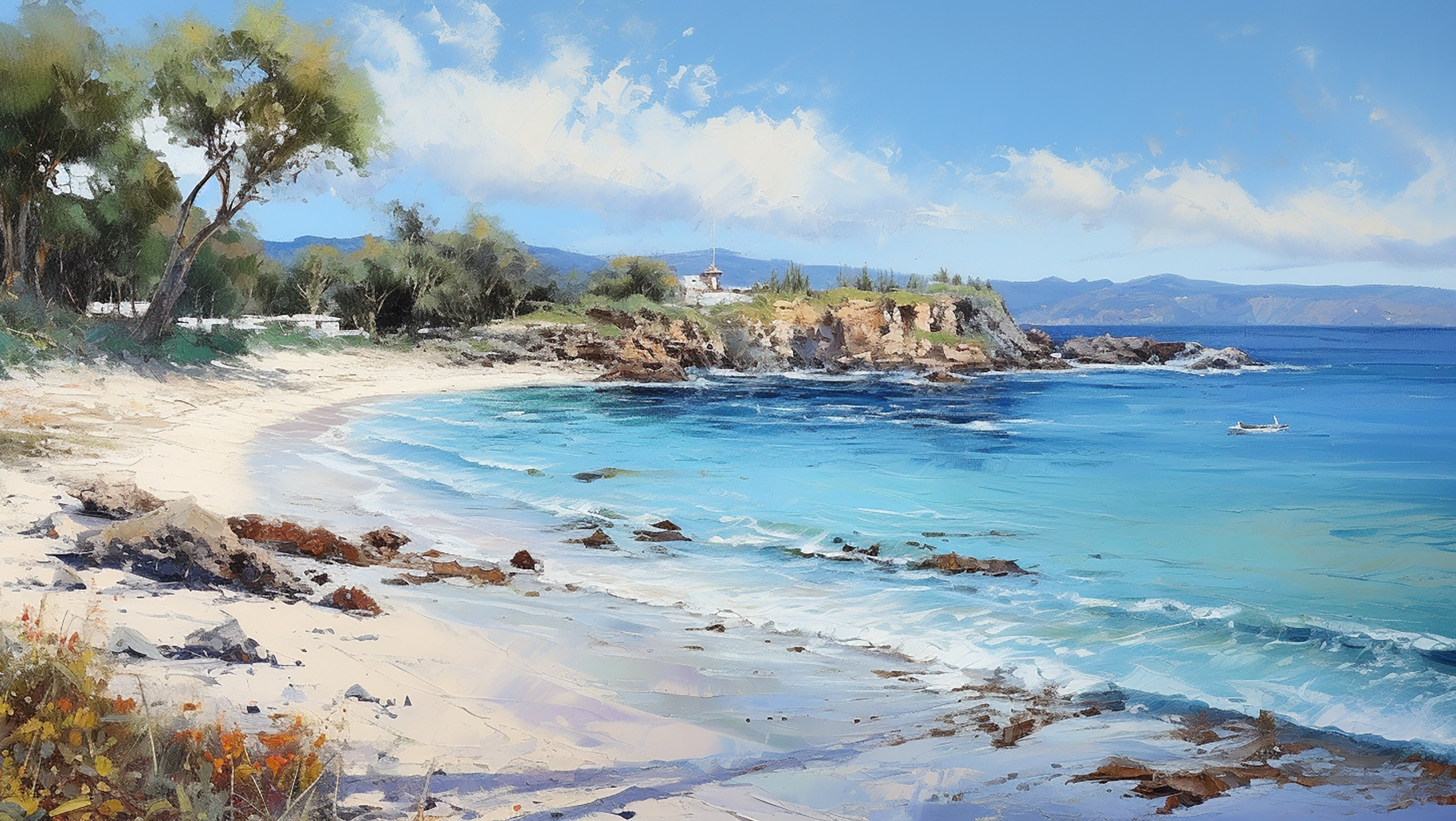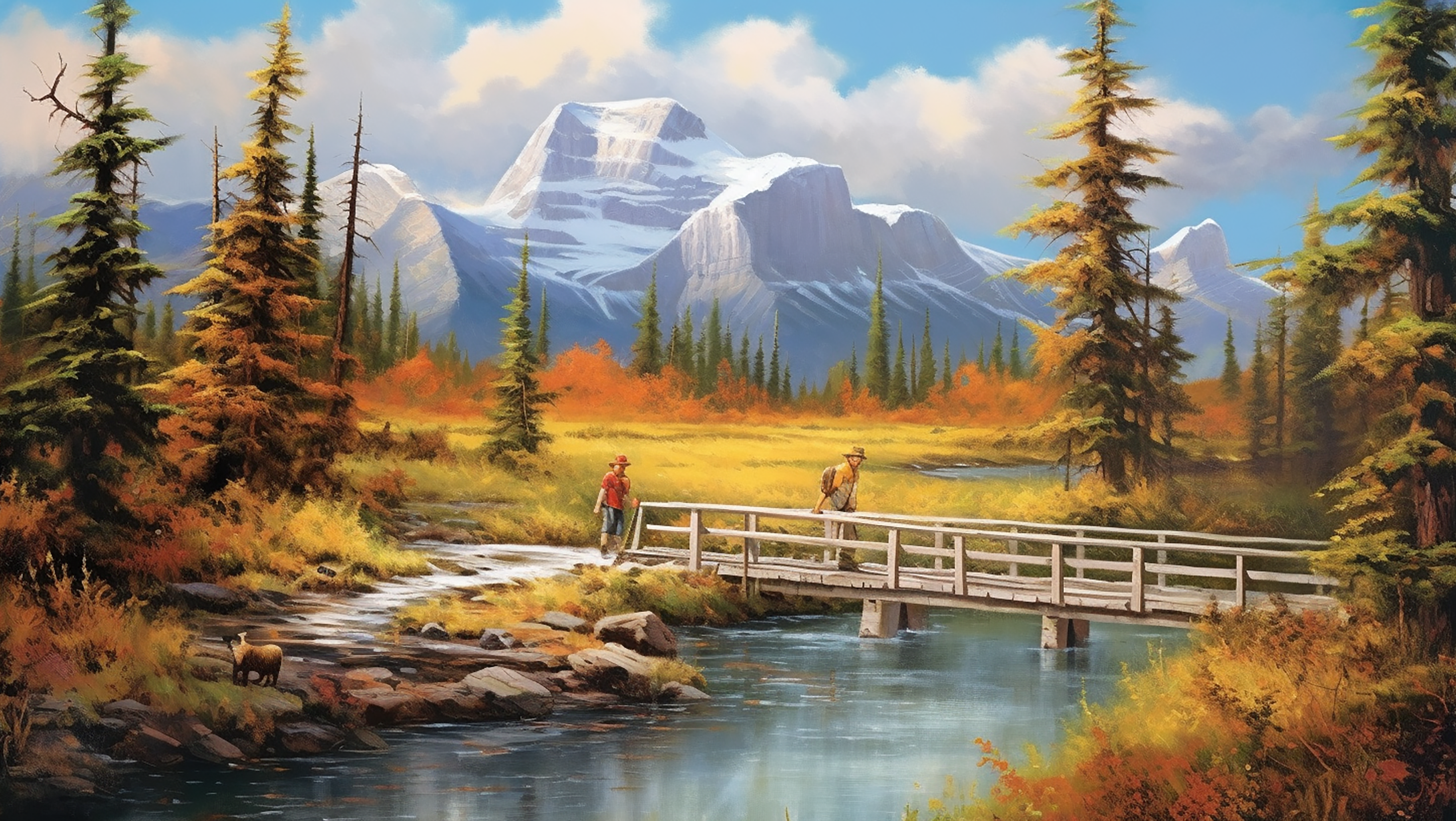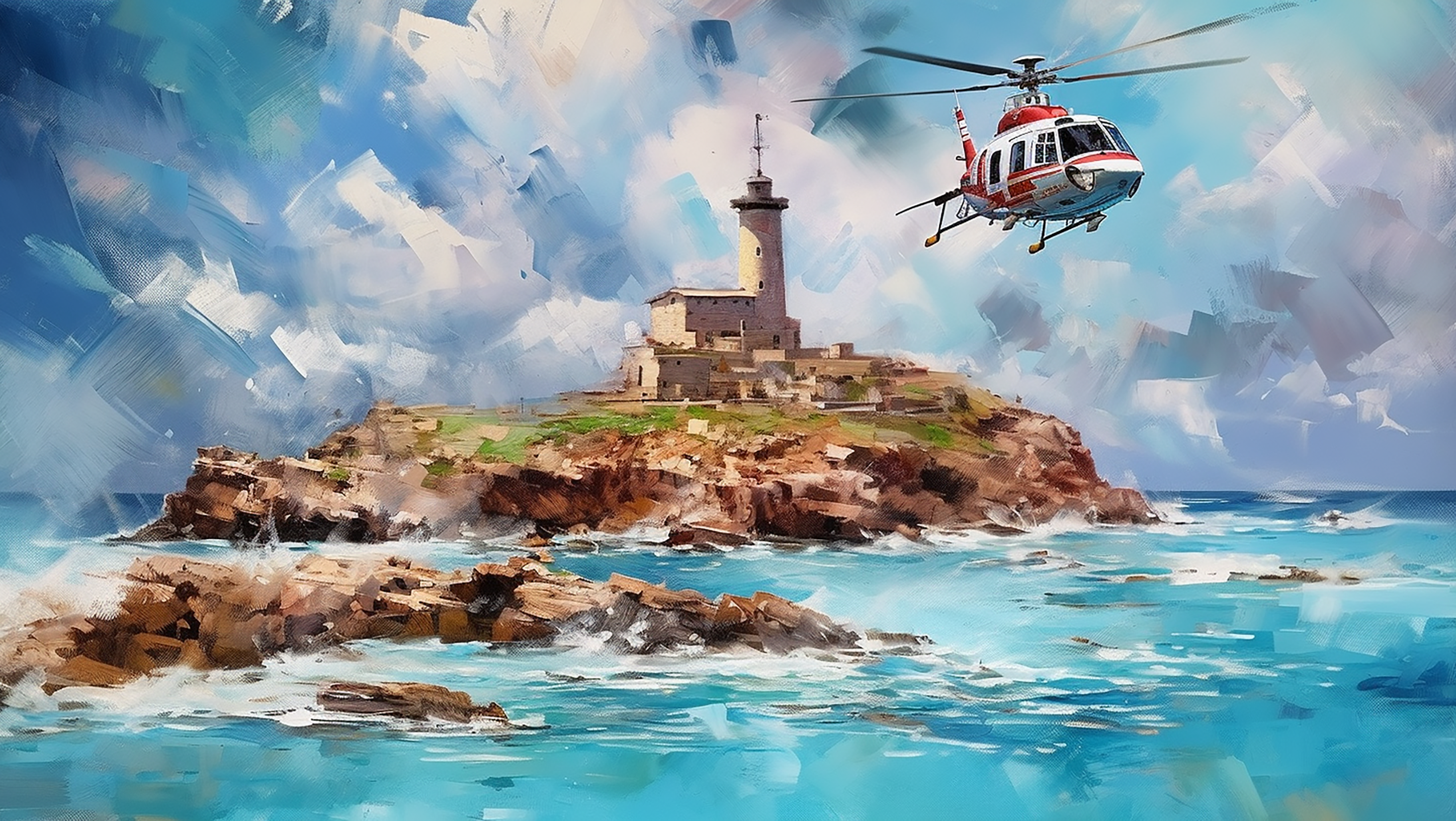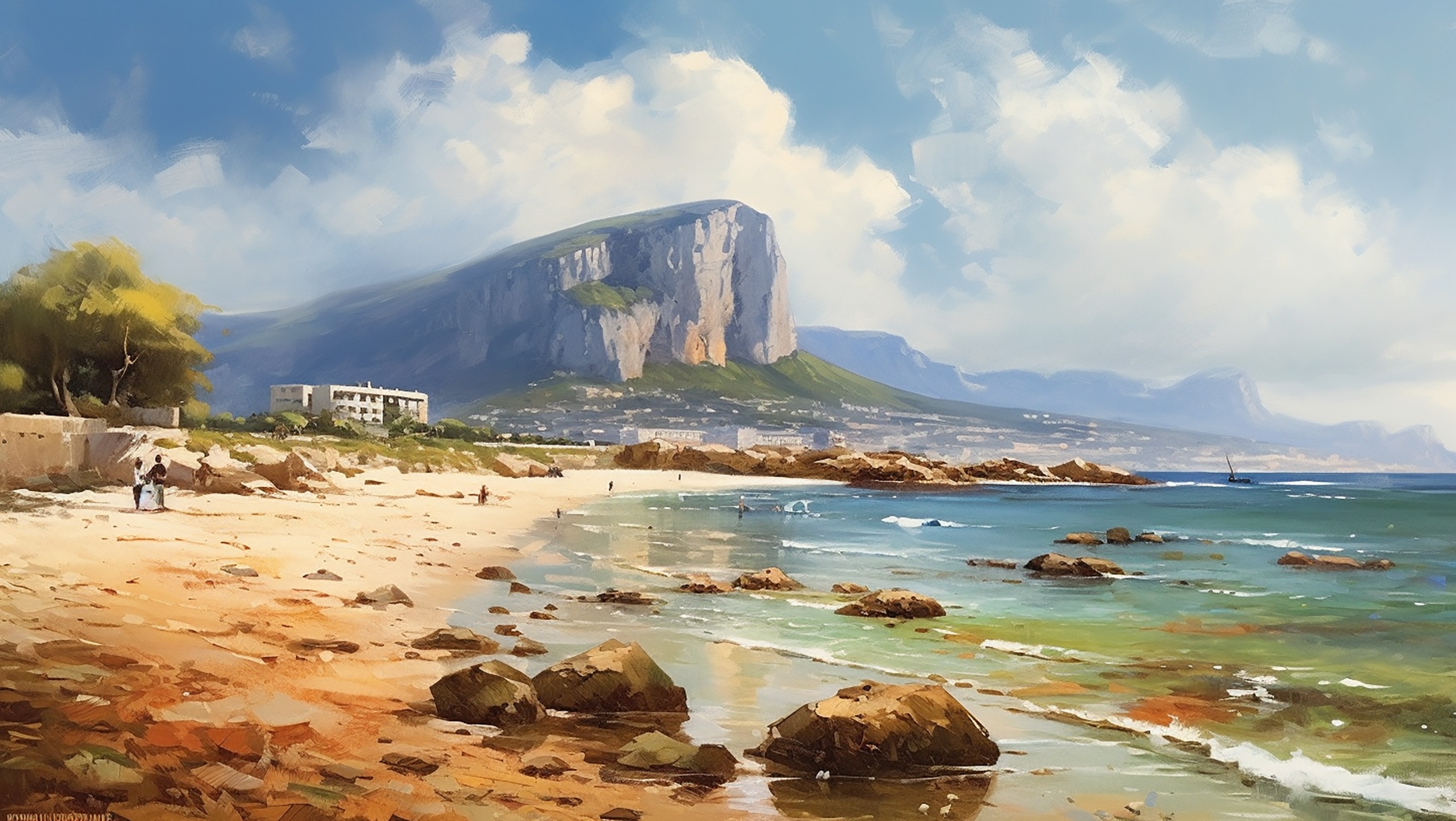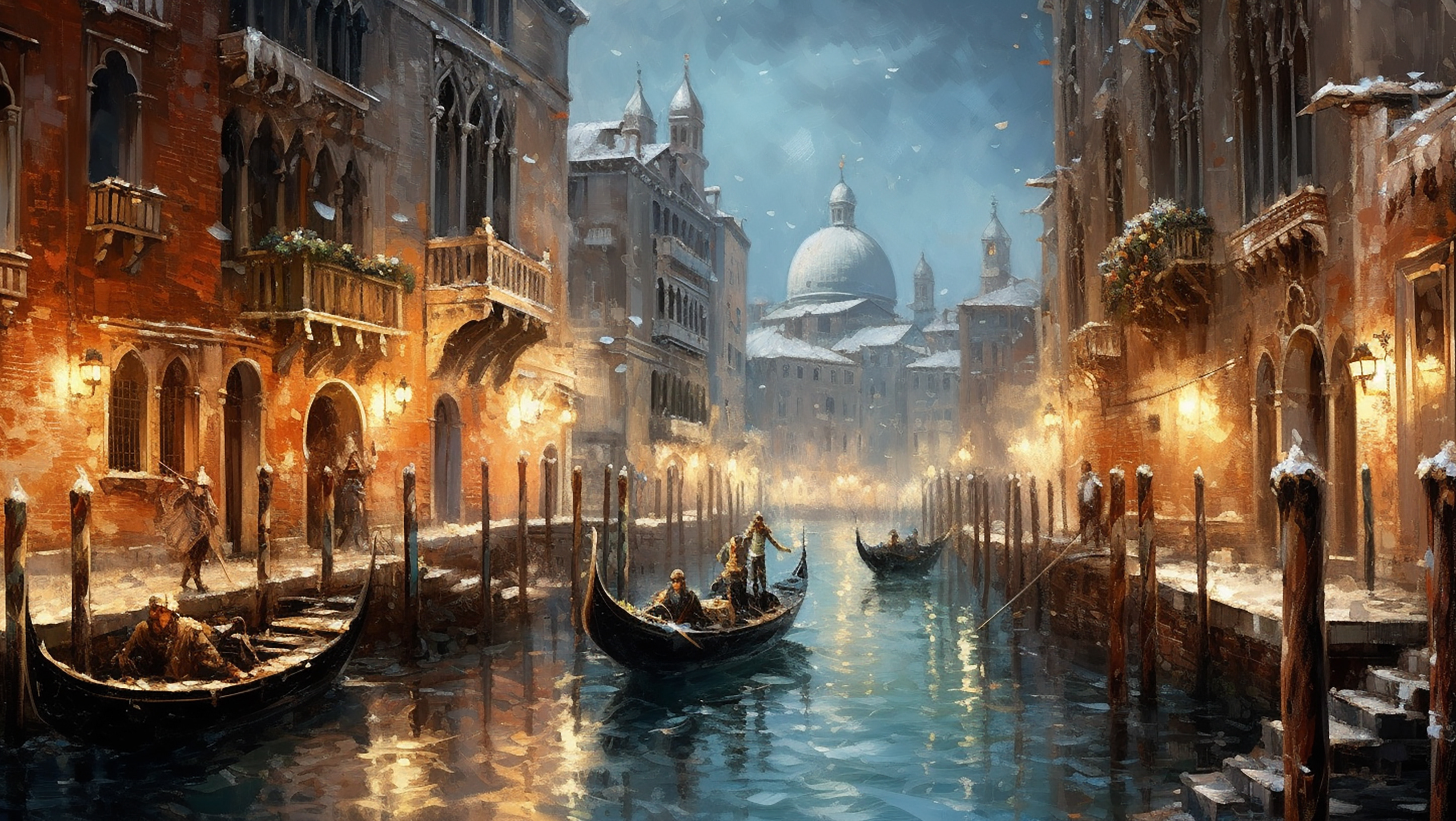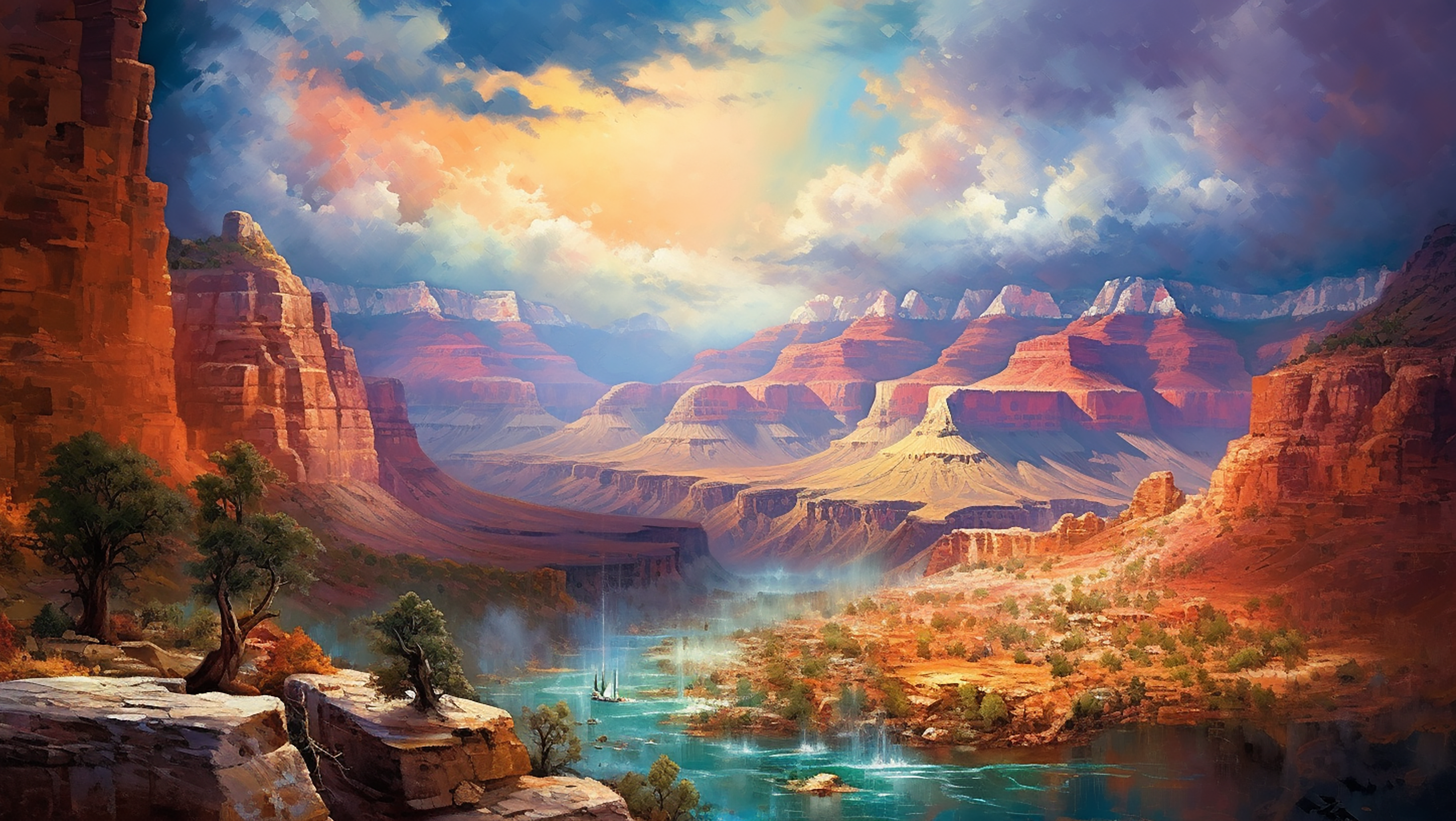Journey to the Heart of the Wild: A Tryst with Bears at Icy Strait Point
The next location etched on my travel itinerary was the unassuming, yet intriguing, Icy Strait Point. It's a place that doesn't fit the conventional idea of a settlement, but rather, it's a solitary dock - a point of human touch amidst the wilderness. Here, one can find a handful of structures, a few modest buildings reflecting the rustic charm of Alaska, and a funicular, which is more than just a mode of transportation. This mechanical marvel provides an ascending pathway, a journey that takes you from the raw wilderness at sea level to a breathtaking panorama of the marine inlet, a spectacular tableau framed by towering mountain ranges.
This inconspicuous port, with its simple infrastructure, is nestled on an island that holds a title of global significance. It's a place with the highest density of brown bears on Earth - a wild, untamed paradise for these awe-inspiring creatures. The island is a sanctuary where man and beast co-exist, maintaining a respectful distance, yet always aware of each other's presence.
Here, a routine walk takes on an entirely different hue. The local trail, which begins at the apex of the funicular ride, carves its way through the dense Alaskan forests, taking you on a two-mile loop around a charming mountain lake. On the day of my arrival, this trail, usually bustling with hikers and nature enthusiasts, was deemed unsafe for solitary adventurers. A bear had been spotted in the vicinity, rendering the area a potential danger zone. The local rangers, the guardians of this wilderness, had an alternative plan. They organized groups of about ten people each, leading these teams along the trail, ensuring safety in numbers.
In Alaska, tales of bear encounters are as common as discussions about the weather. Everyone has their own anecdote to share, each story unique and fascinating in its own right. My own experiences with these magnificent beasts have been somewhat peripheral, but nonetheless exciting. I have found myself in situations where our paths have crossed indirectly, not once but twice.
The first occasion still remains vivid in my memory...
Bear Encounters in the American Wilderness: An Unexpected Meeting at Yosemite National Park
This first “encounter” with the elusive giants of the forest took place a decade ago, in February, in the heart of California's renowned Yosemite National Park.
Upon my arrival in the park, I made my way to my rustic wooden cabin, nestled in the heart of this sprawling natural sanctuary. After settling in and stashing my belongings, I was eager to explore the park's famed waterfall, known for its enchanting transformation at sunset. As the day's last rays illuminated the cascade, the water would shimmer and gleam, appearing more like a river of molten lava than a mere waterfall.
The trail leading to the wooden cabins and along the main road was punctuated with signs warning of bear activity, cautioning visitors to avoid leaving food in their vehicles. The warning signs instilled a sense of anticipation and a subtle thrill as I ventured further into the park.
The path to the waterfall meandered through a stony forest, the landscape reminiscent of Alaska's rugged wilderness. Upon reaching the waterfall, I became engrossed in capturing the changing hues of the sunset on the cascading water.
Post sunset, darkness started to creep in rather unexpectedly, perhaps due to the park's mountainous terrain. With each passing minute, the enveloping darkness became more profound. A sense of unease started to creep in as I realized I had to navigate my way back down the rocky trail to my cabin, a journey that would take around an hour and a half.
The darkness intensified rapidly, and a dense fog began to cloak the pathway, reminiscent of a scene from "The Hound of the Baskervilles." Descending the trail, I found myself more preoccupied with avoiding a treacherous fall on the icy rocks than any potential bear encounter.
Finally, at the base of the trail, close to the park's main road, I decided to take a shortcut through the bushes towards the road. Unfortunately, a couple had chosen this moment to stop at the side of the road, possibly rearranging their trunk or for some other reason. Armed with a small flashlight, they had clearly taken the bear warnings to heart.
Their worst fears seemed to materialize when they heard the rustling of branches and the sound of something large moving towards them from the darkness of the forest. Little did they know, the creature was none other than me!
I caught them huddled against their car trunk, their trembling hands clutching their tiny flashlight like a Jedi's lightsaber, too afraid to shine it in my direction. I threw them a casual "Hello," which they didn't return, and continued my walk along the road towards my cabin.
That day, I didn't encounter any bears. However, the next morning at breakfast, the popular topic of conversation was the incident from the previous night. Apparently, a bear had ripped open a tourist's car, much like a tin can, as the unfortunate individual had decided to leave food inside the vehicle. Despite the warning signs, the tourist must have thought he was smarter and believed that the bears, despite their keen sense of smell that's four times stronger than a dog's, wouldn't find his stash. But nature, as it turned out, had different plans.
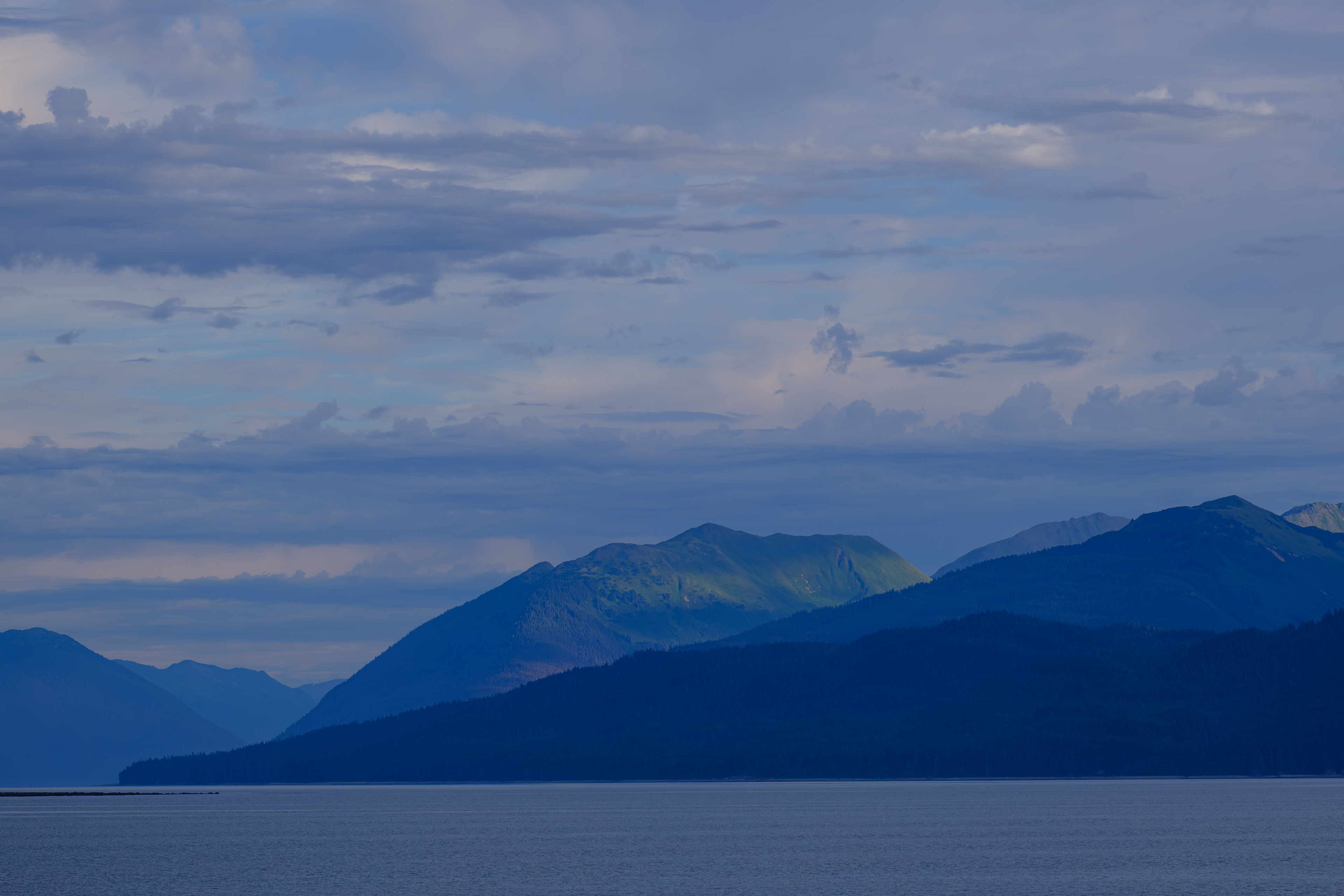
Icy Strait Point. Alaska.
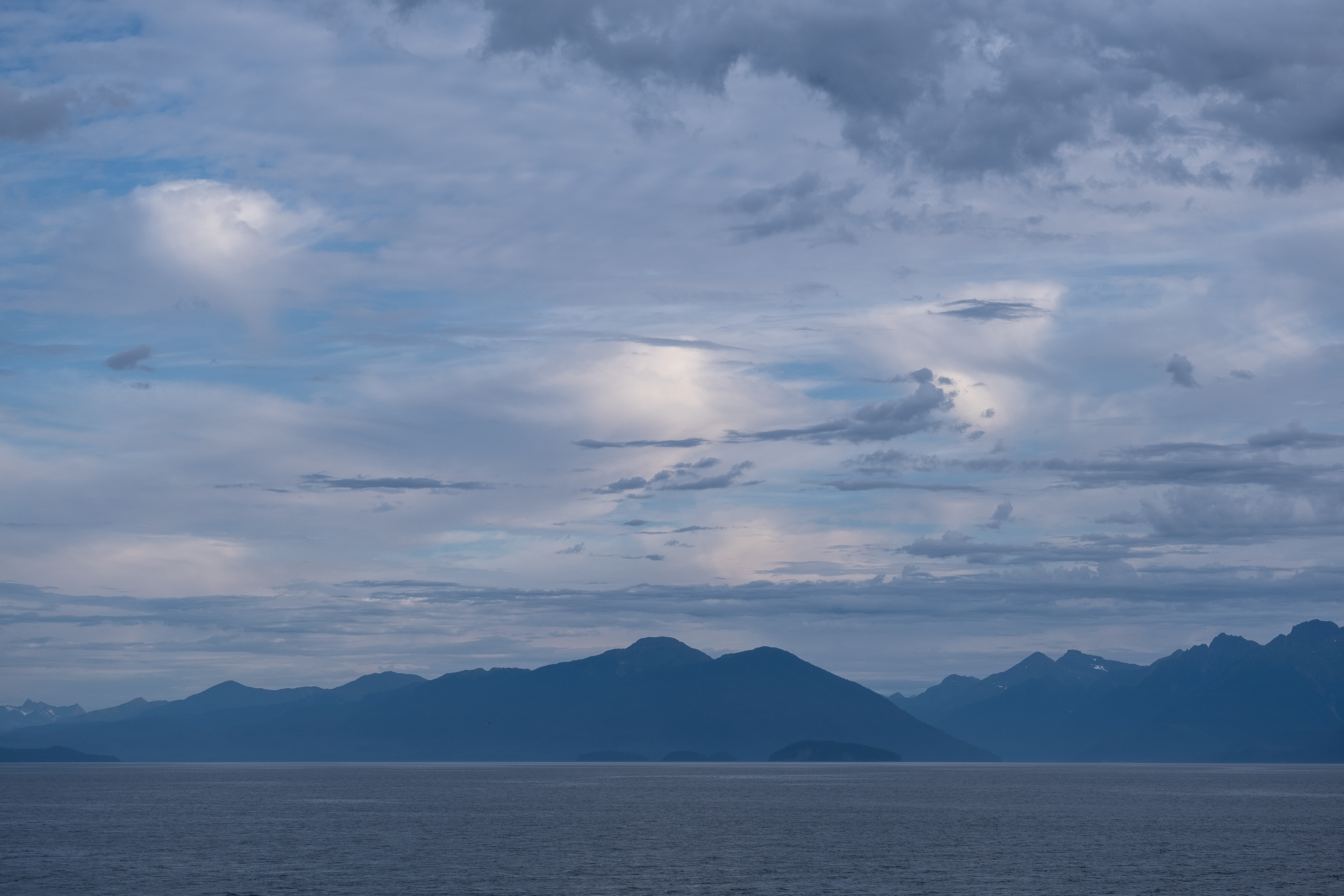
Icy Strait Point. Alaska.
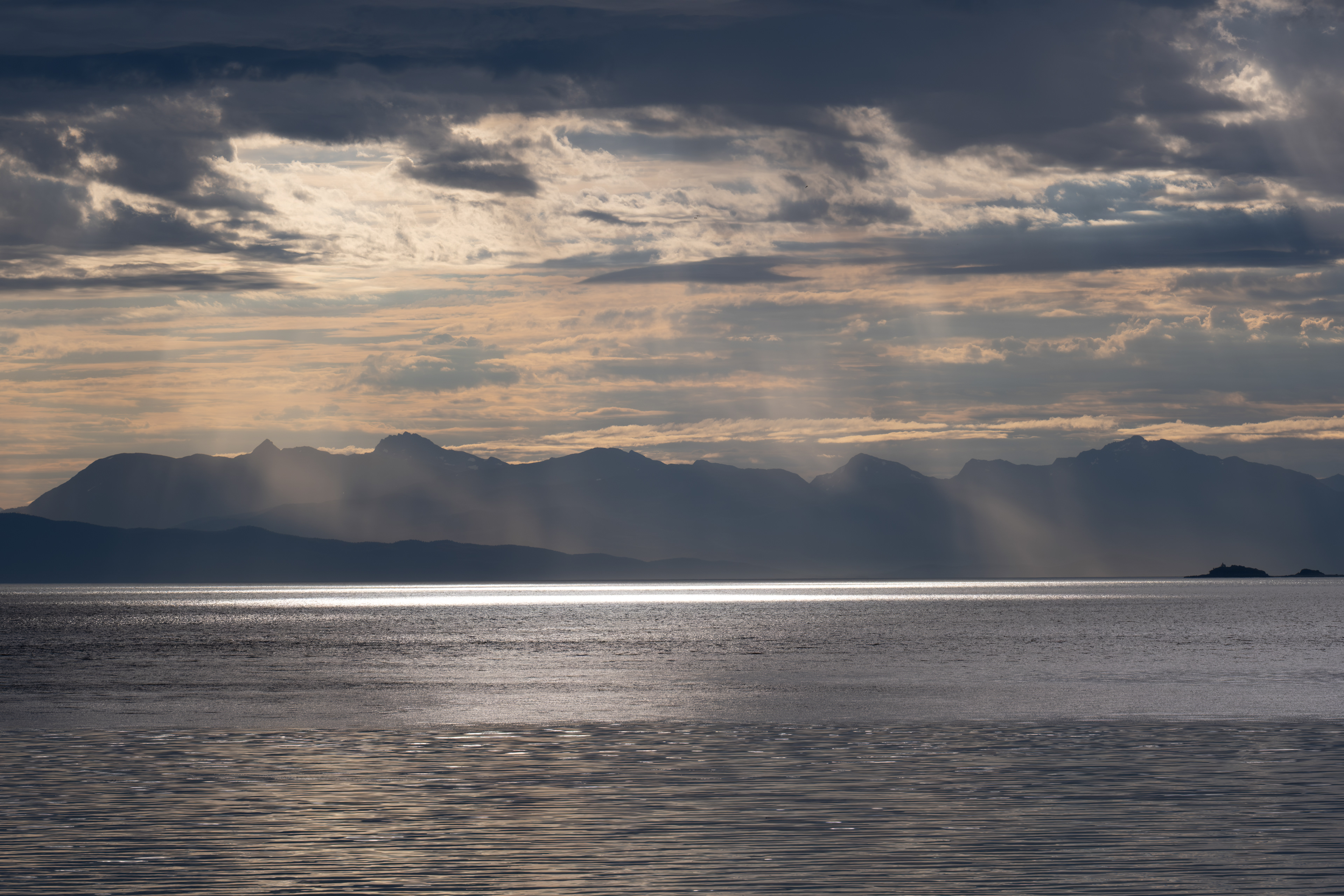
Icy Strait Point. Alaska.
Let's set off on an expedition to encounter these majestic beings, understand their distinguishing features, and delve into the captivating details of their existence :
Brown Bears: The Coastal Giants
The Alaskan brown bear, often known as the grizzly bear, is one of the largest terrestrial carnivores in the world. These bears are found across Alaska, but the coastal brown bears, particularly those in Katmai National Park and Preserve, are often the largest due to their salmon-rich diet. Identifying a brown bear is relatively straightforward. Look for a large body, a prominent hump on the shoulders, and long, sharp claws. Their fur can range from dark brown to lighter blond.
Did you know that brown bears are incredibly intelligent and have excellent memories? They are known to remember food sources years after their first encounter.
Black Bears: The Forest Dwellers
Black bears are the smallest and most widely distributed of the bear species in Alaska. They are primarily forest dwellers and are excellent climbers. While they are named for their black fur, their colour can vary from black to brown and even cinnamon.
To distinguish black bears from brown bears, look for their smaller size, lack of a shoulder hump, and shorter claws. Also, their ears are larger and more pointed, and their faces appear longer and less rounded.
An interesting fact about black bears is their ability to go into torpor, a state similar to hibernation, during the winter months. During this time, they can go for months without eating, drinking, urinating, or defecating.
Polar Bears: The Arctic Nomads
Polar bears are the kings of the Arctic. They are marine mammals, spending much of their lives on the sea ice. In Alaska, they are primarily found along the northern coast and the Arctic islands. Polar bears are easily recognizable by their large size, white fur, and elongated bodies and necks. They have large front paws, which they use for swimming, and their fur is water-repellent. A fascinating fact about polar bears is their dependence on sea ice for hunting seals, their primary prey.
Witnessing the Majesty of Eagles and Coastal Serenity
During my voyage through the icy waters of Alaska, our ship made a stop once again at the remarkable location of Icy Strait Point. This time, it was during our journey back, after experiencing the wonders of the region further north. The pristine coastal scenery and the abundance of wildlife captivated my senses once more.
Instead of opting for the familiar funicular ride or a leisurely walk near the lake, I decided to trace the coastline towards a nearby village. The path meandered through enchanting woodland, revealing glimpses of a cascading waterfall along the way. The sound of rushing water and the earthy scent of the forest heightened my senses.
As I continued along the coastline, I couldn't help but notice the tranquility of the calm waters gently lapping against the shore. The beach, adorned with smooth stones and delicate seaweed, painted a serene picture.
However, it was an encounter with a majestic creature that truly stole the spotlight. As I wandered further along the coast, I spotted a magnificent eagle perched near the water's edge.
Time seemed to stand still as I observed the eagle in its natural habitat, undisturbed by my presence.
Eagles have long been an integral part of this region's ecosystem, symbolizing strength, freedom, and resilience. Their keen eyesight and hunting prowess make them a true marvel of nature. Known for their impressive aerial acrobatics and breathtaking dives, they reign supreme in the Alaskan skies.
